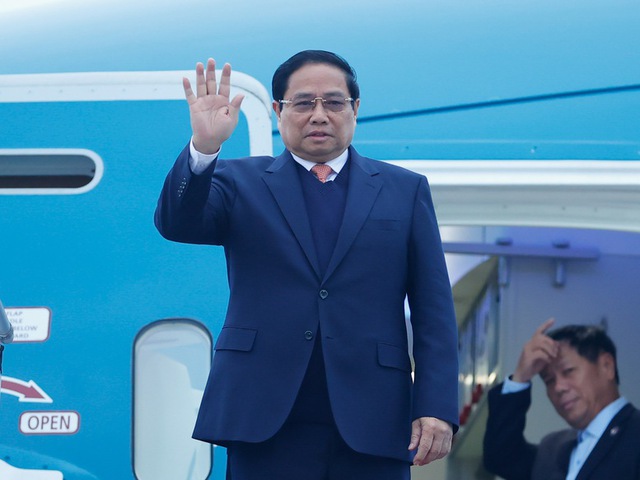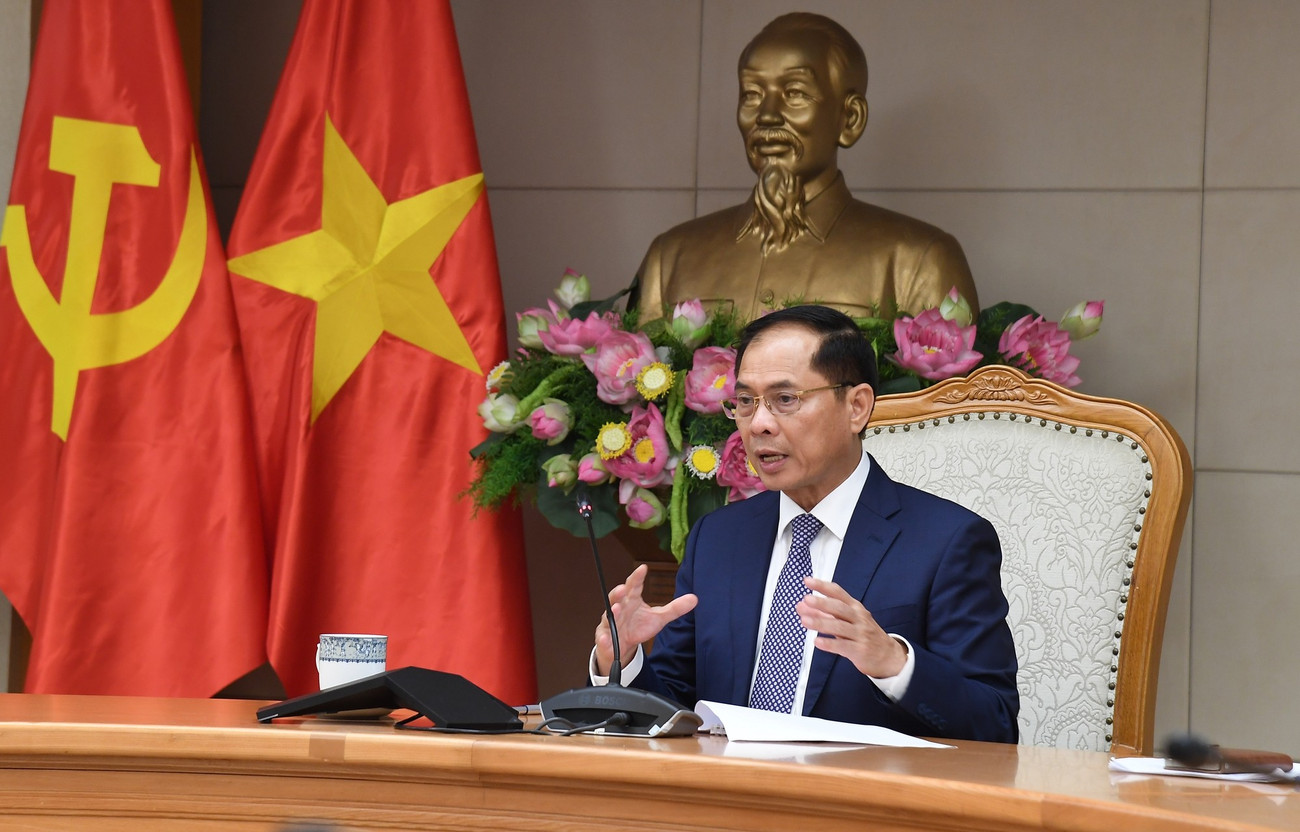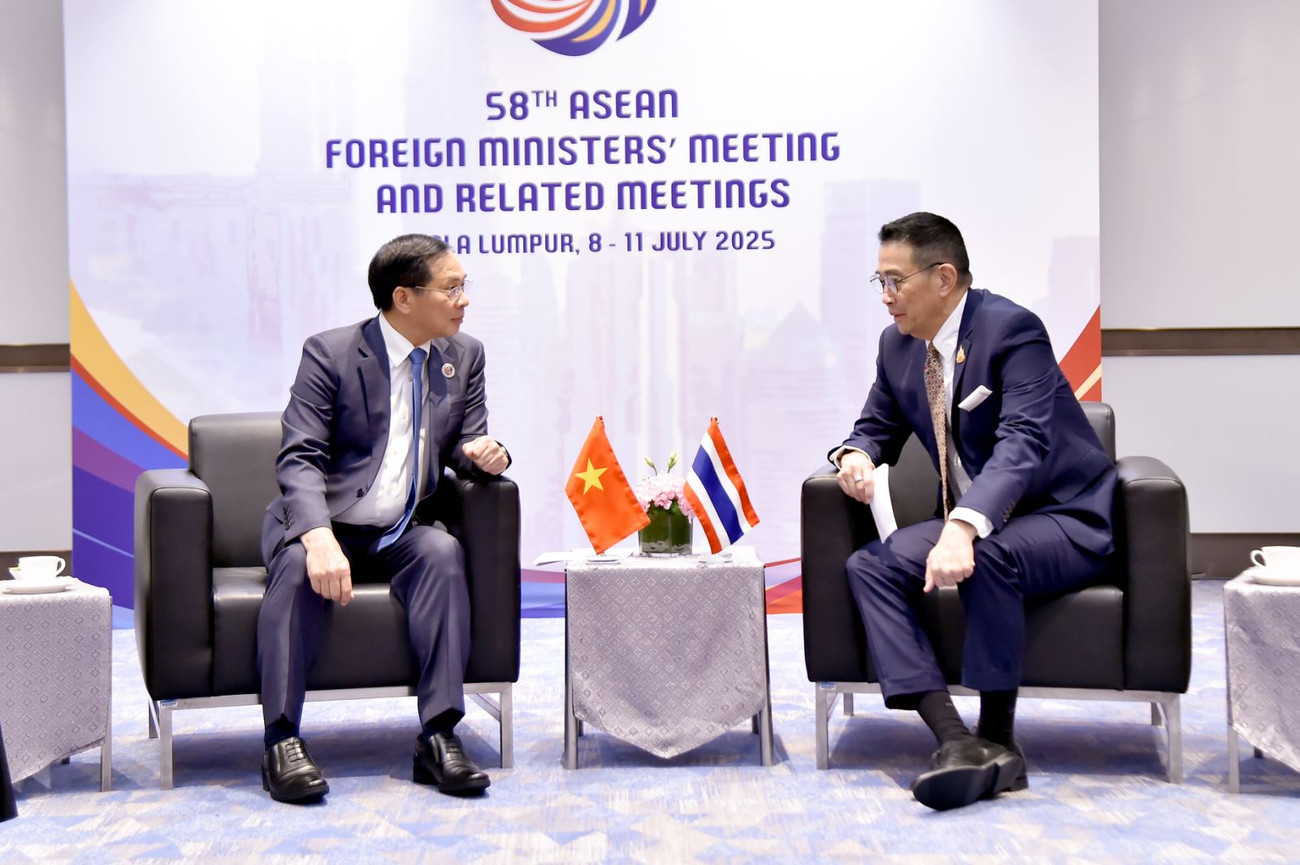MOIT VIETNAM | Vietnam and Laos have traditionally been the best commercial partners due to their closeness and common history
/ News / Activities
Vietnam and Laos have traditionally been the best commercial partners due to their closeness and common history
When Laos opened to international commerce and investment in the early 1990s, a period of rapid economic development began. Since then, Laos has been plagued by three major economic crises, each of which has had a significant impact on the development policies in place. Because of its landlocked status, Laos relies heavily on its neighbor to the south, Thailand, for trade and travel. Due to its strategic location and historical importance, the western route that passes through or uses Thailand for trade has always been the most profitable. It is easier to trade westward from Laos since most of the country's urban centers are clustered around the border with Thailand to the west. In 1989, after years of fruitless effort to develop an alternate link eastward through Vietnam, commerce and investment were formally legalized going west.
.png)
Laos's economy grew steadily thanks to trade with the West until the Asian financial crisis of 1998. The damage in Laos was far worse than in neighboring Thailand. The Laotian kip's dramatic decline versus the Thai baht and the United States dollar had devastating effects, particularly on the country's ability to import. Laos understood it was time to diversify its international connections.
By the early 2000s, Laos had signed preferential trade agreements with China and Vietnam that significantly reduced tariff and non-tariff obstacles. This strategy was successful and coincided with China's ascent at the time. The percentage of goods exported to and imported from China rose from less than 1 percent in 2000 to over 10 percent in 2008. Chinese investment grew rapidly to become a significant portion of Laos's total FDI. The 2008 worldwide financial crisis had little effect on the economy. The partnership's progress was hastened thanks to China's Belt and Road Initiative.
There is now a third crisis due to the spread of COVID-19. One billion dollars in yearly foreign currency earnings was generated from international visitors and remittances in the years leading up to 2020. The data provide a complicated picture of the realities of international trade. Thai exports climbed by 6% from January to November of 2020, while imports fell by 13%. The volume of transit goods traveling from Thailand to Vietnam fell by nearly 20%, while the volume traveling from Vietnam to Thailand rose by around 13%. There was a rise of around 8% and 34% in the volume of transit products traveling through Thailand on their way to and from China, respectively.
While the roads and rails were being built, traffic was able to go along with little delays. In 2019, construction started on a dual-carriageway expressway that would eventually stretch from Vientiane to Vang Vieng, a city around 109 kilometers away. In December of 2020, plans to build an additional 137 kilometers of road to the country's former capital of Luang Prabang were authorized. Having this structure built will increase visitor numbers. The existing connection is via Thailand, but once a highway of 200 kilometers is finished to Boten, the border with China, a new connection will be secured.
.png)
The high level of debt brought on by the development partnership with China is a cause for worry. Some projects are so massive that they threaten to overwhelm Laos' financial resources, particularly in times of economic turmoil. However, Laos was willing to take the chance in order to achieve its ambitious development goal within the allotted time period. The government of Laos has set a target of quadrupling GDP per capita by 2030, as part of its Vision 2030 plan. To reach this objective, yearly investments of around 30 percent of GDP are needed.
However, the population size and dispersion limit the availability of economically viable investment options. Due to the low population density and the dispersed nature of the population over a broad and challenging region, FDI in the labor-intensive clothing sector rapidly plateaued. Natural resource and hydroelectric power exports have grown rapidly since 2000, and so have international visitor visits, all of which have contributed to the country's comparatively high growth rate during the last 16 years. Investment in these areas proved difficult to get in Laos. Natural resource and hydropower projects raise serious concerns about their potential effects on the environment and local residents. The tourism business has difficulties related to its reliance on out-of-country visitors and its difficulty of access. In order for Laos's fast economic development to continue, only China is able and willing to meet the country's existing supply and demand.
.png)
According to Prime Minister Thongloun Sisoulith's address at the 11th Party Congress on 14 January 2021, the yearly growth objective has been cut down dramatically, from roughly 8% to 4% in the next five-year plan (2021-2025). The call for growth that is "sustainable, balanced, and quality" is a response to widespread worries about putting too much weight on economic expansion based on natural resources. If realized, this would represent yet another dramatic shift in focus for future expansion.
Foreign direct investment (FDI) is necessary for reaching the new growth objective, and foreign institutions' participation is crucial for Laos to accomplish its non-economic aims. Laos, like any other growing nation, has to diversify its economic links with its neighbors and abroad to promote progress.
-
/ News / Activities
Prime Minister Pham Minh Chinh’s Strategic Visit to Laos Marks New Chapter in Bilateral Relations
Prime Minister Pham Minh Chinh’s official visit to the Lao People’s Democratic Republic and his co-chairmanship of the 47th meeting of the Vietnam–...
-
/ News
Deepening Cooperation, Strengthening Regional Unity
On the afternoon of July 28, 2025, at the Government Headquarters in Hanoi, Deputy Prime Minister and Minister of Foreign Affairs of Vietnam, Mr. B...
-
/ News / Activities
Vietnam and Laos Accelerate Toward Deeper Regional Integration and Unprecedented Trade Growth
In an era where regional connectivity and economic resilience are critical pillars for national development, Vietnam and Laos are emerging as a mod...





